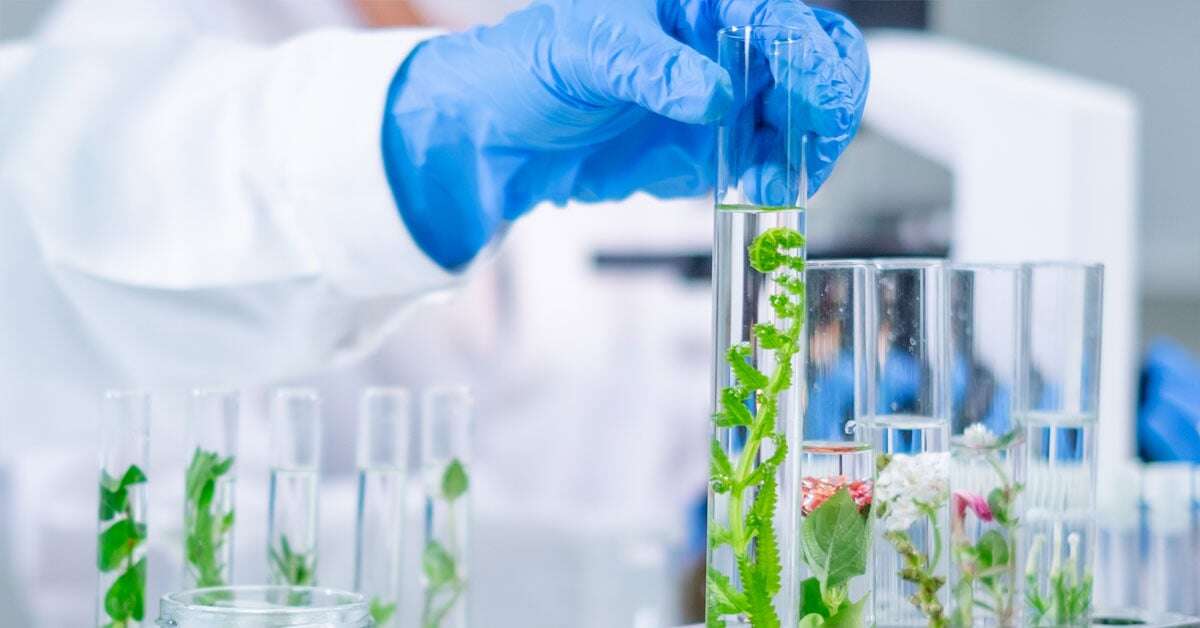2 min read
Financing Sustainability: Stanford Funds GHG Reduction Innovations
ResourceWise
:
Mar 21, 2024 12:00:00 AM

The Stanford Doerr School of Sustainability Accelerator has initiated a bold new plan aimed at mitigating the worst effects of climate change. A total of 16 groundbreaking projects are currently being supported, marking the first distribution of funds as part of the pioneering Greenhouse Gas Removal Flagship Destination.
The aim for the flagship is an ambitious one. Through this funding, they hope to achieve atmospheric greenhouse gas removal at gigaton levels by 2050.
Stanford Aims to Pursue Multiple Sustainability Projects
This is not a single effort, but the first in a series of planned Flagship Destinations that the Accelerator will pursue in the years to come.
The provided funding is referred to as "scoping" grants. Their purpose is to test emerging research to overcome critical obstacles or confirm mechanisms that could pave the way for a viable greenhouse gas remedy.
How Greenhouse Gas Removal Flagship Destinations Work
The research spans across four pivotal sub-categories:
- Terrestrial
- Oceanic
- Direct atmospheric GHG removal
- Monitoring, Reporting, and Verification (MRV).
Awareness of all components to GHG emissions is also an important component to the flagship. Carbon dioxide, while the most abundant and notorious of the greenhouse gases, is not the only offender. Methane, nitrous oxide, and others also play a role in trapping heat in the atmosphere.
The critical factors in the Flagship Destination strategy have potential for significant impact and scalability. No current carbon or GHG removal has even come close to the gigaton levels of gas removal necessary for noticeable climate change mitigation. Through this research, Stanford’s Sustainability Accelerator aims to make much-needed progress toward this ambitious number.
High Risk, High Reward Innovation
The focus of these grants is on approaches that carry a high-risk/high-reward potential. A few innovative examples supported by the funding include the following:
- Earthworms: Earthworms can be used in terrestrial settings to capture released carbon from the organic waste they feed on.
- Seaweed: Expansive seaweed farms can be cultivated to capture released carbon dioxide from the ocean (an often-overlooked source of the gas).
- Free Radicals: Free radicals in the atmosphere, such as hydroxyls, can “scrub” methane like a detergent to break it down.
No matter the specifics, each of the 16 selected Flagship Destinations connects with the Sustainability Accelerator’s comprehensive vision. This includes multiple factors:
- Measurable Outcomes: Projects must “show their work” with final outcomes that can be measured, assessed, and followed up on.
- Global Impact: Work should scale in a way that can benefit sustainability targets at a global level.
- Achievable Urgency: Research needs to connect to the time sensitivity of achieving GHG reduction goals with attainable results that can be achieved quickly.
- Sensitivity to Global Equity Concerns: Projects must consider equity issues in terms of economic feasibility and scalability. This means that global-scale efforts should not be limited to only wealthier countries, for example.
- Inclusivity of Various Viewpoints, Partnerships, and Strategies: Researchers must be adaptable to a variety of perspectives influencing their work. Openness to a broader point of view can help improve the outcomes of each Flagship Destination.
- Openness to Collaboration Outside of the University: To prevent insulated restrictions, research must also include university-external perspectives on the work.
Future projects supported by the Greenhouse Gas Removal Flagship Destination will occur alongside each other. Their structure and ongoing parameters will be supported by input from multiple sources. This includes broader university-level support as well as stakeholder feedback and collaboration with other projects.
Creatively Moving Toward Net-Zero Solutions
Stanford’s Greenhouse Gas Removal Flagship Destination brings a university community together in service to an important goal: mitigating the effects of climate change. This initiative highlights the creative ingenuity needed to meet the lofty goals for GHG reduction.
The key takeaway here is collaboration. These projects are all collaborative efforts aimed at the above-mentioned goal. Each project group works with multiple agents to develop the most robust research outcomes. Through this collaboration, meeting such immense GHG targets becomes an attainable finish line we can all rally behind.
Don’t miss out on the latest news and updates. Subscribe to the ResourceWise Sustainability blog today.





